The Mystery of the Roman Coliseum's Construction
Have you ever wondered how the majestic Roman Coliseum, an iconic symbol of ancient engineering prowess, was constructed? The mystery surrounding the creation of this architectural marvel continues to intrigue historians and visitors alike. Let's delve into the fascinating world of the Roman Coliseum's construction to uncover the secrets and challenges faced by the ancient builders.
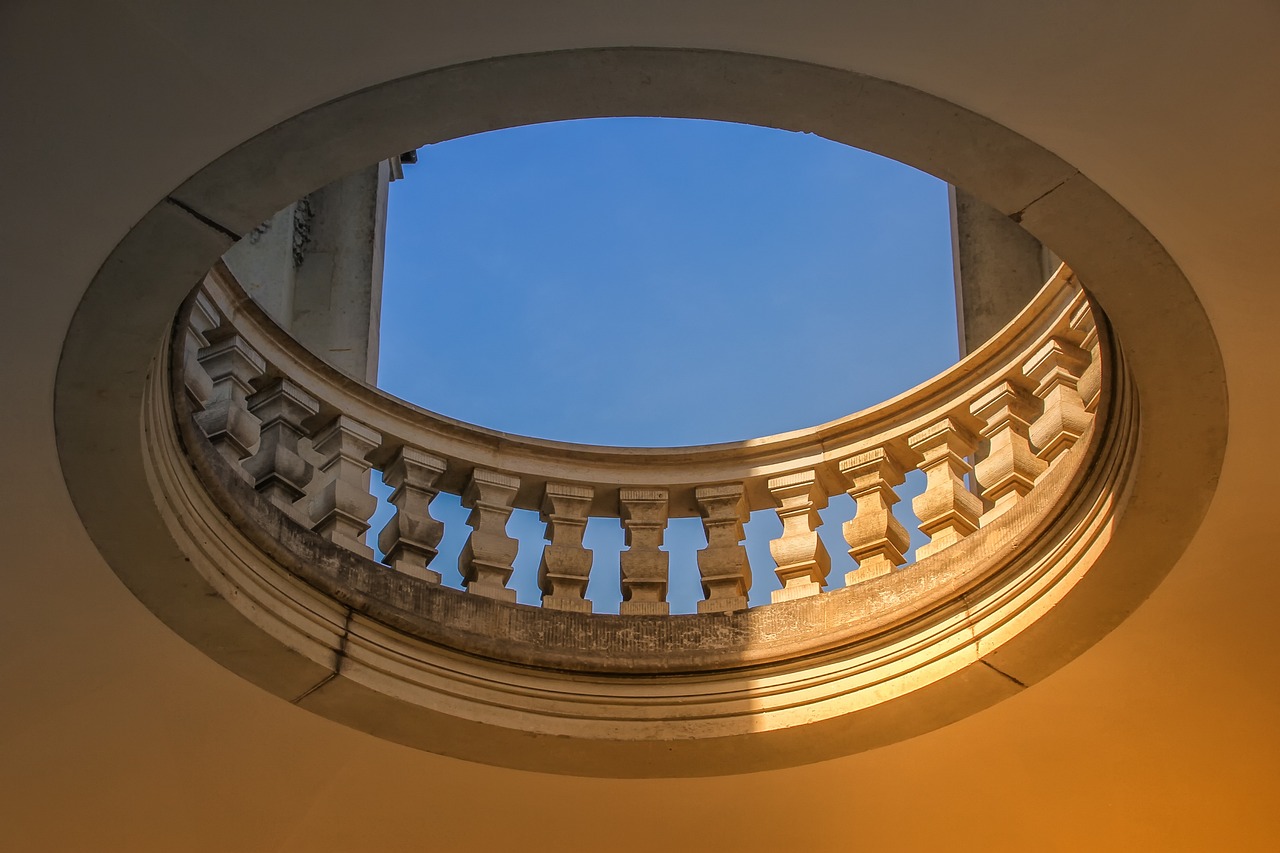
Architectural Design of the Coliseum
The Roman Coliseum stands as a monumental symbol of ancient engineering prowess, captivating visitors with its grandeur and historical significance. In this article, we delve into the architectural design, construction techniques, skilled laborers, building materials, timeline, engineering challenges, historical importance, and modern-day preservation efforts surrounding this iconic structure.
The architectural design of the Roman Coliseum is a testament to the innovative engineering skills of ancient Rome. Featuring a massive elliptical shape with a complex system of vaults and arches, the Coliseum was a groundbreaking structure of its time. Its tiered seating arrangement and underground chambers allowed for efficient crowd management and facilitated the staging of elaborate spectacles. The use of travertine limestone for the exterior facade added to its imposing presence, while the retractable awnings provided shade for spectators. The design not only showcased the Romans' architectural prowess but also served practical purposes, ensuring the success of the events held within its walls.
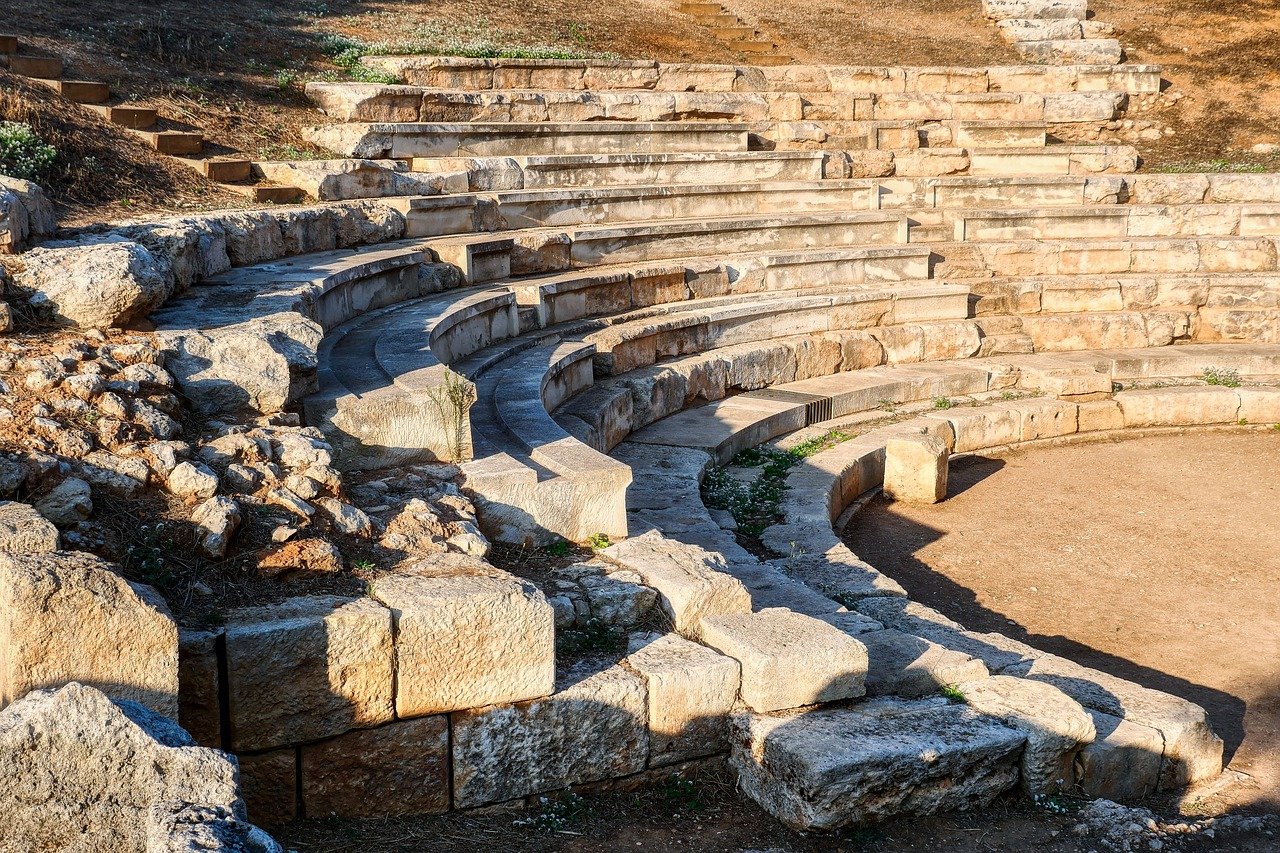
Construction Techniques Used
When it comes to the construction of the iconic Roman Coliseum, the ancient engineers employed a range of innovative and advanced construction techniques that still leave experts in awe today. The sheer scale and complexity of the project required groundbreaking methods that pushed the boundaries of engineering at the time. From the foundation to the upper tiers, every aspect of the Coliseum's construction was meticulously planned and executed with precision.
One of the key construction techniques used in building the Coliseum was the ingenious use of concrete, a material that the Romans perfected. The use of concrete allowed for the creation of massive arches, vaults, and domes that formed the structural backbone of the amphitheater. This innovative approach not only provided strength and stability but also enabled the construction of the Coliseum at a rapid pace.
Additionally, the Romans utilized a sophisticated system of scaffolding and hoists to move heavy stone blocks and lift them into place. This intricate network of support structures allowed the builders to work efficiently at great heights, ensuring that each section of the Coliseum was meticulously crafted and fitted together like a colossal puzzle.
Moreover, the construction techniques employed by the ancient Romans also involved the use of precise measurements and geometric principles. The symmetrical design of the Coliseum, with its elliptical shape and carefully calculated dimensions, required meticulous planning and execution to ensure structural integrity and aesthetic appeal.
Furthermore, the integration of various architectural elements, such as the elaborate network of corridors, staircases, and seating arrangements, showcased the technical prowess of Roman engineers. These construction techniques not only facilitated the flow of spectators within the amphitheater but also contributed to the overall grandeur and functionality of the Coliseum.
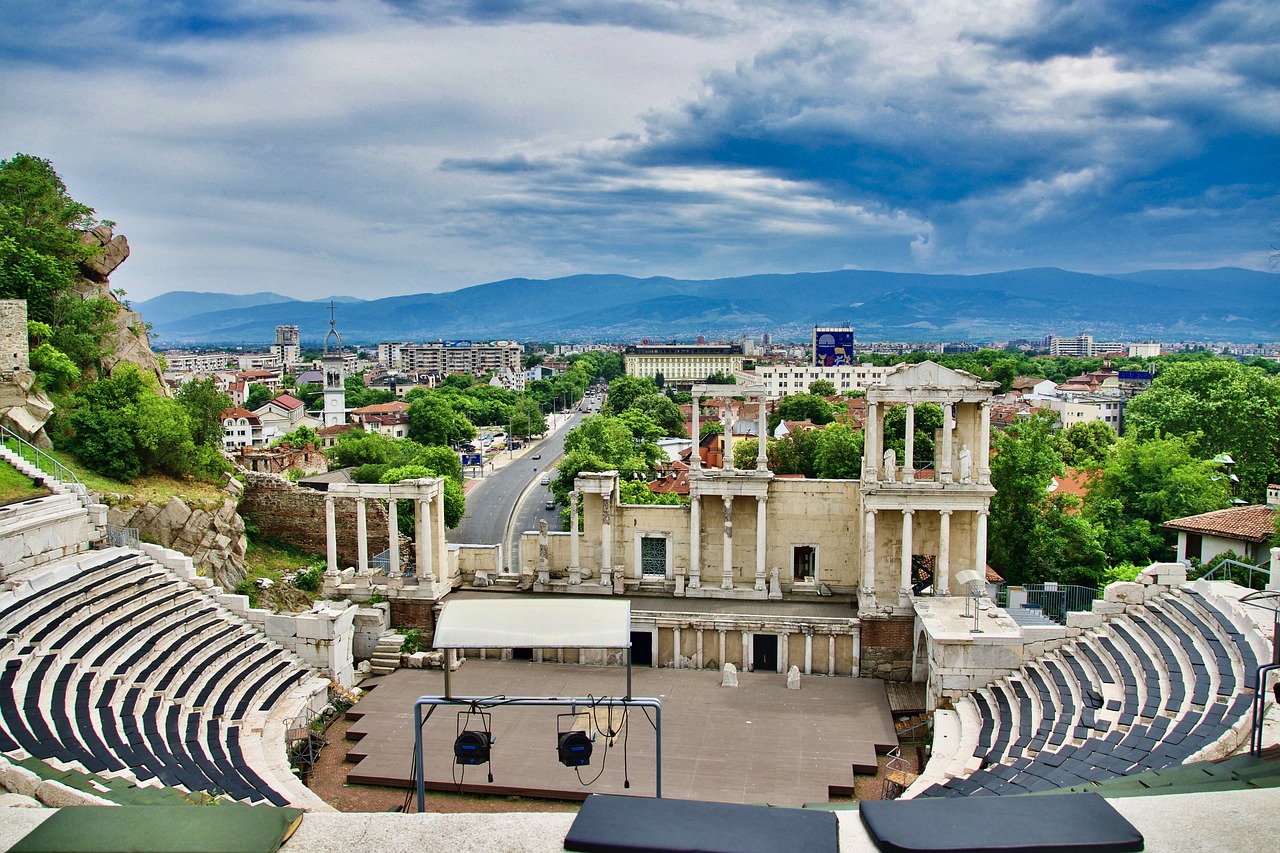
Role of Skilled Laborers
When it comes to the construction of the iconic Roman Coliseum, one cannot overlook the indispensable who dedicated their expertise and craftsmanship to bring this architectural wonder to life. From architects envisioning the grand design to engineers overseeing the structural integrity, and craftsmen meticulously carving intricate details, each skilled worker played a vital part in the construction process.
Imagine the scene bustling with activity as architects meticulously planned the layout, engineers calculated the load-bearing capacity of the structure, and craftsmen chiseled away at the marble to create intricate sculptures that adorned the Coliseum's facade. It was a symphony of skills and expertise coming together to create a masterpiece that stood the test of time.
Skilled laborers in ancient Rome were not just builders; they were artists and innovators, pushing the boundaries of engineering and design to create a structure that would inspire awe for centuries to come. Their dedication and attention to detail ensured that every aspect of the Coliseum was not just functional but also a work of art.
Moreover, the expertise of these skilled laborers extended beyond construction; they were also responsible for the maintenance and upkeep of the Coliseum, ensuring that it remained a symbol of Roman engineering prowess for generations to come. Their commitment to excellence and their passion for their craft are evident in every stone of this magnificent amphitheater.
As we marvel at the grandeur of the Roman Coliseum today, let us not forget the unsung heroes behind its construction – the skilled laborers whose ingenuity and hard work laid the foundation for one of the most iconic structures in history.

Source of Building Materials
Have you ever wondered about the secrets behind the majestic Roman Coliseum's construction? Join us on a journey back in time to unravel the mysteries surrounding the architectural marvel that continues to awe and inspire us today.
When it comes to the Roman Coliseum, one cannot overlook the monumental task of sourcing the building materials that went into its construction. The ancient Romans spared no effort in procuring the finest materials to create this iconic structure. Massive stone blocks, known as travertine limestone, were the primary building material used in the Coliseum's construction. These stones were quarried from Tivoli, located approximately 20 miles away from Rome.
To transport these colossal stones from the quarries to the construction site, the Romans employed a sophisticated system of pulleys, ramps, and sledges. Skilled laborers meticulously carved, shaped, and transported these stones, ensuring that each piece fit perfectly into place to create the awe-inspiring edifice that stands to this day.
The logistics of sourcing and transporting these materials were no small feat. The sheer scale of the operation required meticulous planning and coordination, showcasing the ingenuity and engineering prowess of the ancient Romans. The dedication and craftsmanship of these laborers laid the foundation for one of the most iconic structures in human history.
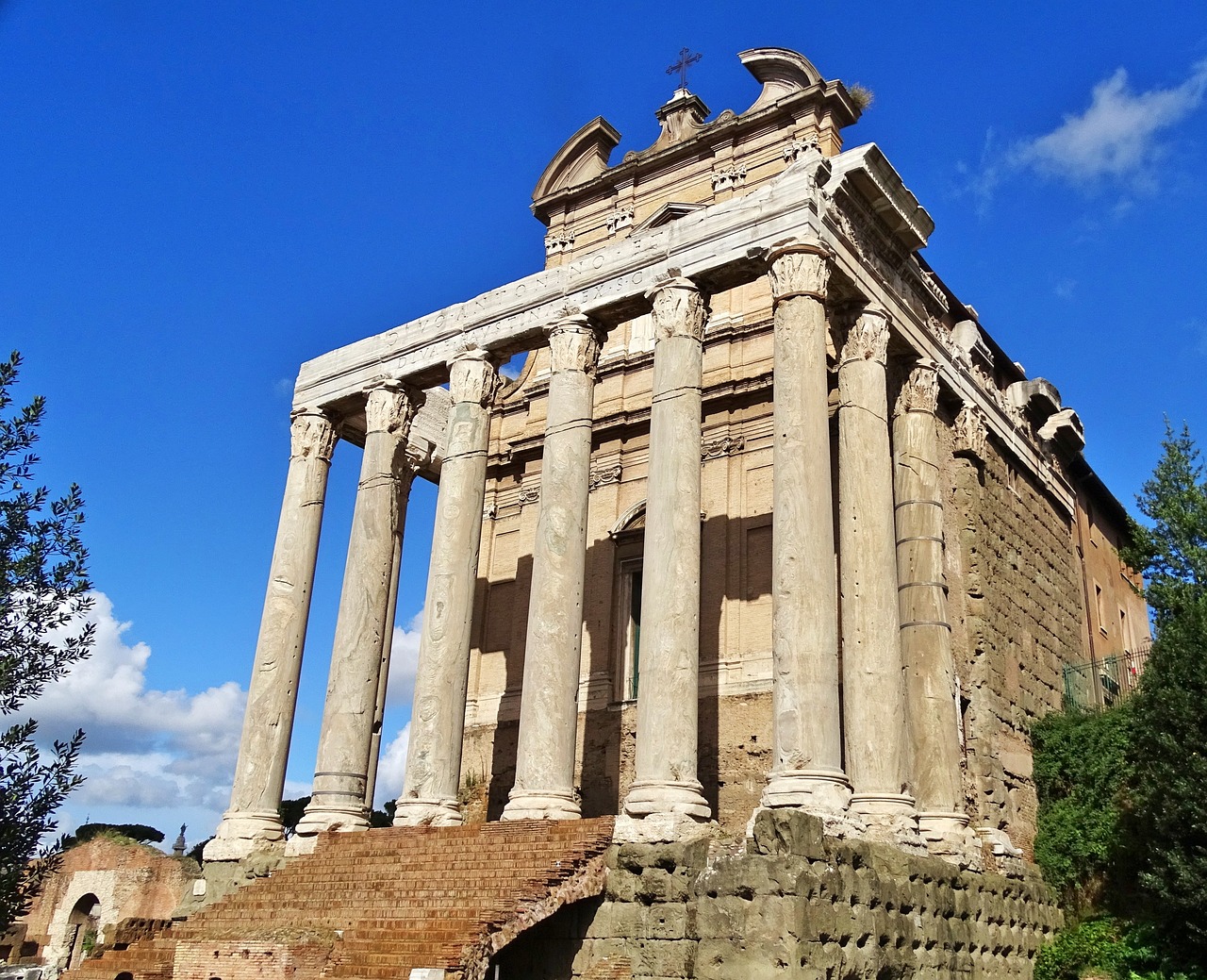
Timeline of Construction
The construction of the Roman Coliseum was a monumental undertaking that spanned several years, showcasing the engineering prowess of ancient Rome. The timeline of construction can be divided into several key phases, each marked by significant milestones and challenges that shaped the iconic structure we know today.
Initially, the construction of the Coliseum began in AD 70 under the emperor Vespasian, with the site chosen for its strategic location in the heart of Rome. The groundbreaking ceremony marked the official start of the ambitious project, symbolizing the grand vision of the Roman Empire.
As construction progressed, the skilled laborers employed innovative techniques to erect the massive amphitheater. The use of concrete, a revolutionary building material at the time, allowed for the rapid construction of the Coliseum's intricate network of arches and columns.
Over the years, the Coliseum took shape, with each level of seating meticulously crafted to accommodate the diverse crowds that would gather to witness gladiatorial contests, animal hunts, and other spectacles. The intricate design of the arena floor, with its underground chambers and trapdoors, added to the drama and spectacle of the events held within.
Despite facing numerous engineering challenges, such as the immense weight of the stone blocks used in construction and the complex system of pulleys and cranes required to lift them, the Roman builders persevered. Their ingenuity and expertise ensured the successful completion of the Coliseum, a testament to their skill and dedication.
Finally, in AD 80, under the reign of Emperor Titus, the construction of the Coliseum was officially completed. The inaugural games held to celebrate its opening marked a new era of entertainment and cultural significance for the people of Rome, solidifying the Coliseum's place in history as a symbol of Roman engineering excellence.
Today, the timeline of construction serves as a reminder of the remarkable achievements of ancient Roman civilization and the enduring legacy of the Roman Coliseum as a marvel of architectural innovation and cultural heritage.

Engineering Challenges Faced
When it comes to the construction of the iconic Roman Coliseum, it's not all gladiators and grandeur. The ancient engineers and builders faced a myriad of daunting challenges that tested their skills and creativity. One of the primary obstacles they encountered was the sheer scale of the project. Imagine trying to construct a massive amphitheater with towering arches and seating for tens of thousands of spectators without the aid of modern machinery. It was a Herculean task that required meticulous planning and precise execution.
Furthermore, the Roman builders had to contend with the limitations of the available technology and resources. They lacked the sophisticated tools and equipment that we take for granted today, making every aspect of the construction process labor-intensive and time-consuming. From quarrying and transporting massive stone blocks to shaping them with precision, the craftsmen had to rely on their expertise and ingenuity to overcome these challenges.
Another significant engineering challenge was managing the structural integrity of the Coliseum. The innovative design of the amphitheater, with its complex system of arches, vaults, and columns, posed unique structural challenges. The builders had to ensure that the massive structure could support the weight of the stone tiers and withstand the forces exerted by the crowds and events held within its walls.
Moreover, the Roman engineers had to deal with environmental factors such as earthquakes and settling ground, which posed threats to the stability of the Coliseum. They implemented innovative techniques, such as using flexible joints and materials that could absorb vibrations, to mitigate these risks and ensure the longevity of the structure.
In the face of these formidable challenges, the ancient Roman builders demonstrated remarkable skill, resilience, and determination. Their ability to overcome adversity and create a lasting architectural masterpiece stands as a testament to their ingenuity and craftsmanship.
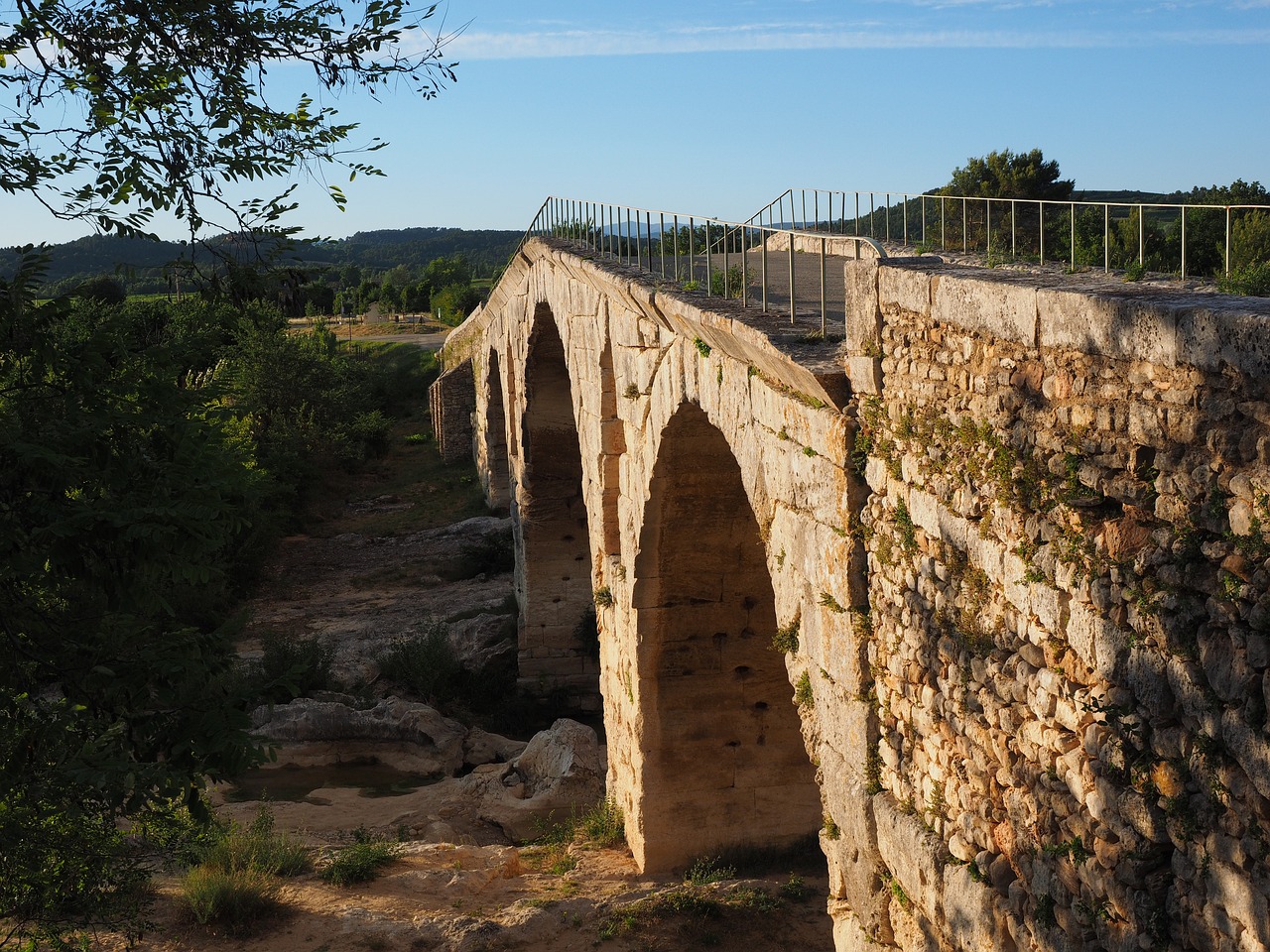
Historical Significance
The of the Roman Coliseum is unparalleled, as it stands as a testament to the ingenuity and architectural prowess of the ancient Romans. This iconic amphitheater, also known as the Flavian Amphitheatre, was a symbol of power and grandeur during the Roman Empire. It served as a venue for various spectacles, including gladiatorial contests, animal hunts, and mock sea battles, captivating the Roman populace with its grandeur and entertainment.
Constructed under the emperor Vespasian in AD 70-80 and completed under Titus in AD 80-90, the Coliseum represented the peak of Roman engineering achievements. Its elliptical shape and tiered seating arrangement could accommodate up to 80,000 spectators, showcasing the architectural innovation of the time. The use of concrete, arches, and vaults in its construction set a new standard for monumental architecture that influenced future building designs.
Furthermore, the Coliseum's historical significance extends beyond its architectural marvel. It served as a symbol of Roman dominance and imperial power, reflecting the values and ideals of the Roman civilization. The amphitheater's association with gladiatorial combat and public entertainment also highlights the cultural practices and beliefs of ancient Rome, providing insights into the social dynamics of the time.
Over the centuries, the Coliseum has witnessed various historical events, including the decline of the Roman Empire, the rise of Christianity, and the transformation of Rome into a modern city. Despite facing damage from natural disasters, vandalism, and neglect, the Coliseum remains a potent symbol of Rome's rich history and cultural heritage, attracting millions of visitors each year.
In recognition of its historical significance, the Roman Coliseum was designated as a UNESCO World Heritage Site in 1980, ensuring its preservation for future generations. The amphitheater's enduring legacy continues to inspire awe and admiration, serving as a reminder of the ancient world's architectural achievements and cultural legacy.

Modern-Day Preservation Efforts
Preserving the iconic Roman Coliseum is a monumental task that requires careful planning and dedicated efforts. In modern times, preservation efforts have focused on maintaining the structural integrity of the ancient amphitheater while ensuring its continued relevance and significance. One of the key strategies employed in the preservation of the Coliseum is the use of advanced architectural conservation techniques to prevent further deterioration of the monument. This includes regular inspections, monitoring of environmental conditions, and the application of protective coatings to shield the Coliseum from the elements.
Furthermore, restoration projects have been initiated to repair and reinforce the Coliseum's deteriorating sections, such as the underground chambers and the iconic facade. Skilled craftsmen and engineers work tirelessly to carefully restore the intricate details and architectural features of the Coliseum, ensuring that its historical authenticity is preserved for future generations to admire.
Another crucial aspect of modern-day preservation efforts is public awareness and education regarding the importance of safeguarding cultural heritage sites like the Roman Coliseum. Through educational programs, guided tours, and interactive exhibits, visitors are informed about the history and significance of the Coliseum, fostering a sense of appreciation and respect for this ancient marvel.
Collaboration with archaeologists and historians is also vital in the preservation of the Coliseum, as their expertise and research contribute valuable insights into the monument's past and help guide conservation efforts. By combining traditional craftsmanship with modern technology, preservationists strive to strike a delicate balance between maintaining the Coliseum's authenticity and ensuring its longevity for future generations to marvel at.
Frequently Asked Questions
- What was the purpose of the Roman Coliseum?
The Roman Coliseum, also known as the Flavian Amphitheatre, served as a venue for various public spectacles, including gladiatorial contests, animal hunts, executions, re-enactments of famous battles, and other forms of entertainment. It was a symbol of Roman power and engineering prowess.
- How long did it take to build the Roman Coliseum?
The construction of the Roman Coliseum began in AD 70 under the emperor Vespasian and was completed in AD 80 under his successor Titus. It took approximately 10 years to build this iconic structure.
- What architectural features made the Roman Coliseum unique?
The Roman Coliseum featured several innovative architectural elements, including a complex system of underground tunnels and chambers, a retractable awning known as the velarium, and a hypogeum where animals and gladiators were held before the spectacles.
- How did the ancient Romans transport the massive stone blocks for construction?
Ancient Roman engineers used a combination of manpower, animals, and specialized machinery like cranes and pulleys to transport and lift the massive stone blocks used in the construction of the Coliseum from quarries located several miles away.
- What are some of the preservation efforts in place to protect the Roman Coliseum?
Modern-day preservation efforts for the Roman Coliseum include structural reinforcement, cleaning and conservation of the stone facade, monitoring of environmental factors like pollution and weathering, and ongoing research to ensure the long-term preservation of this ancient monument.



















